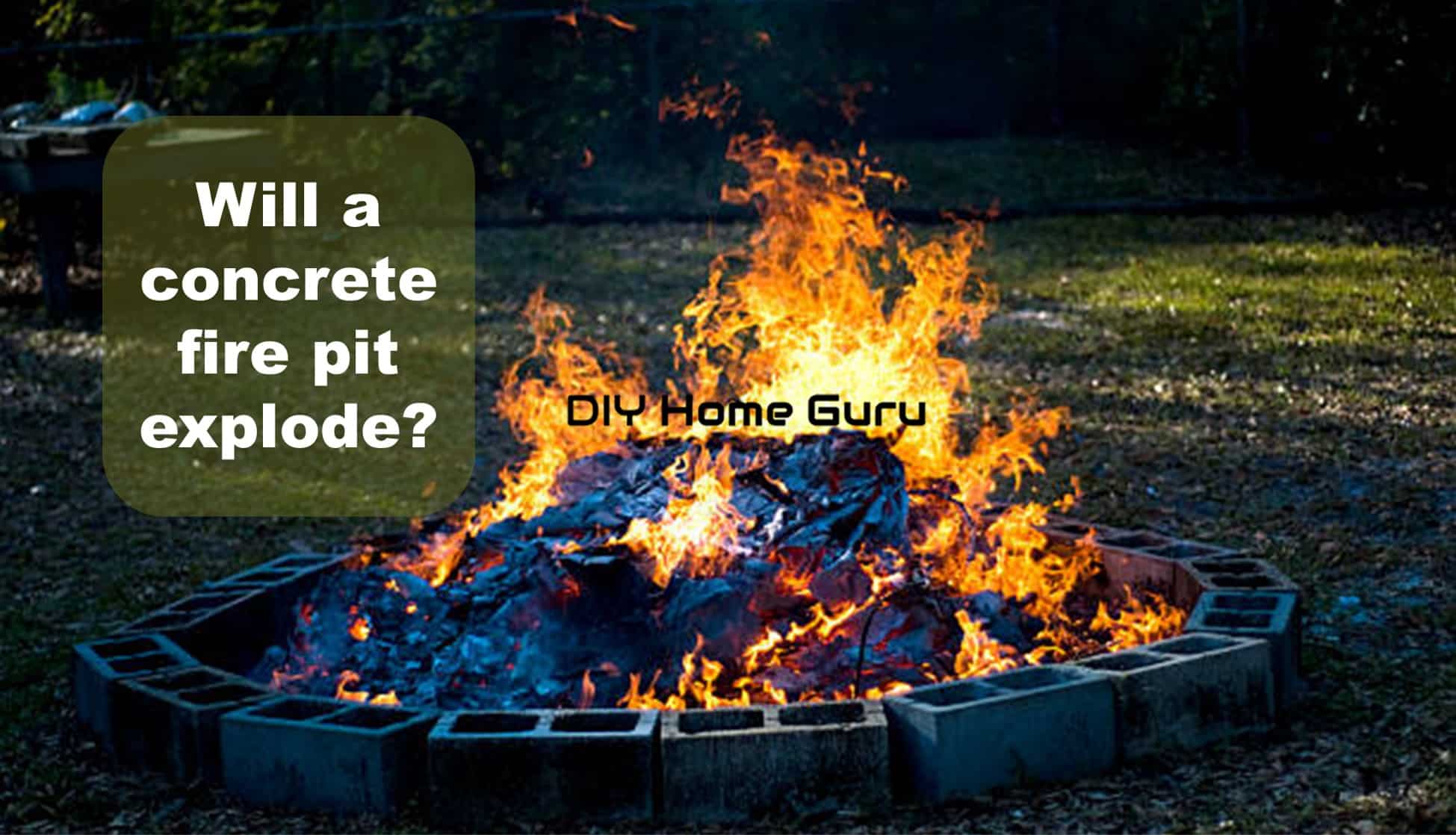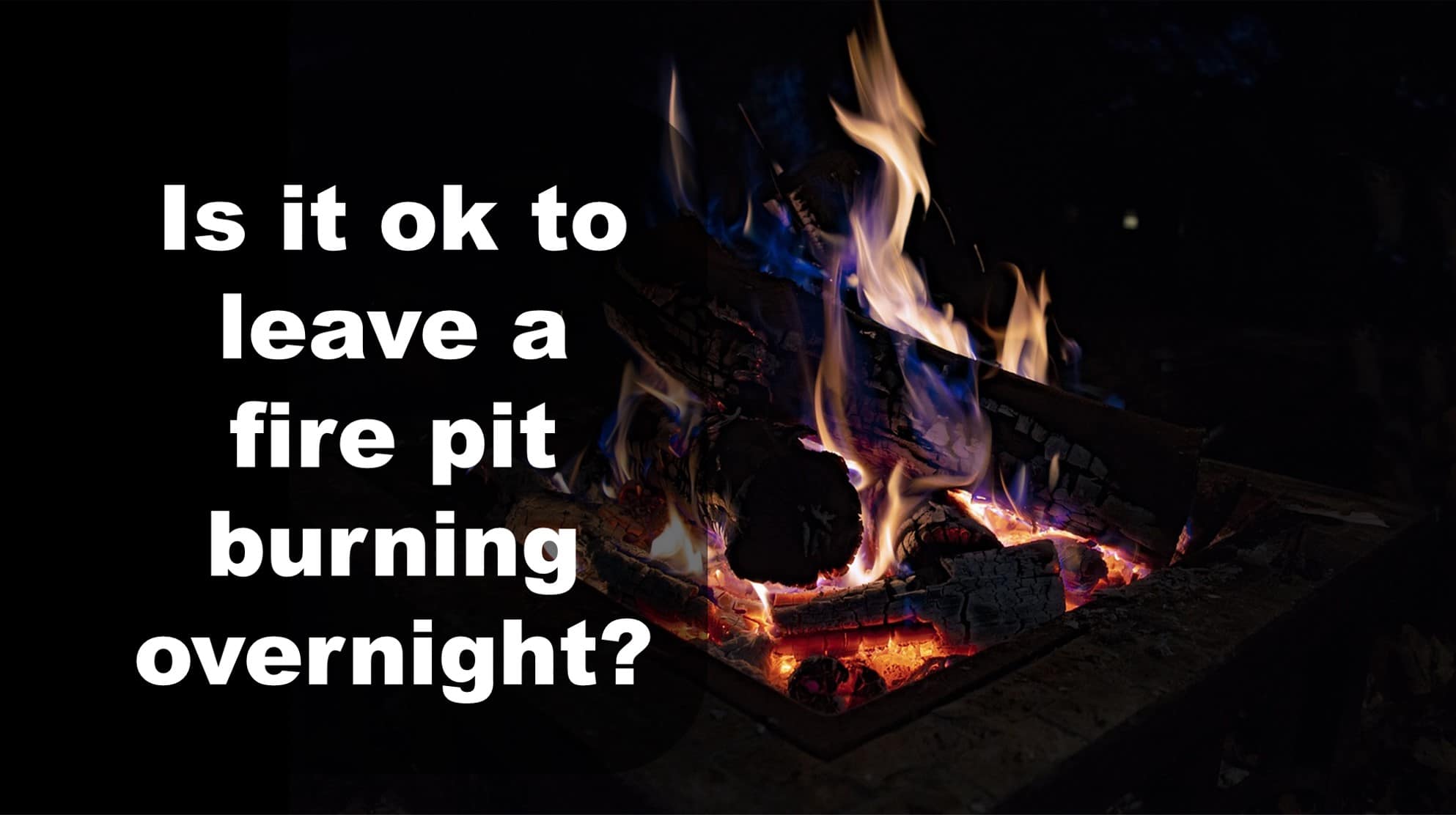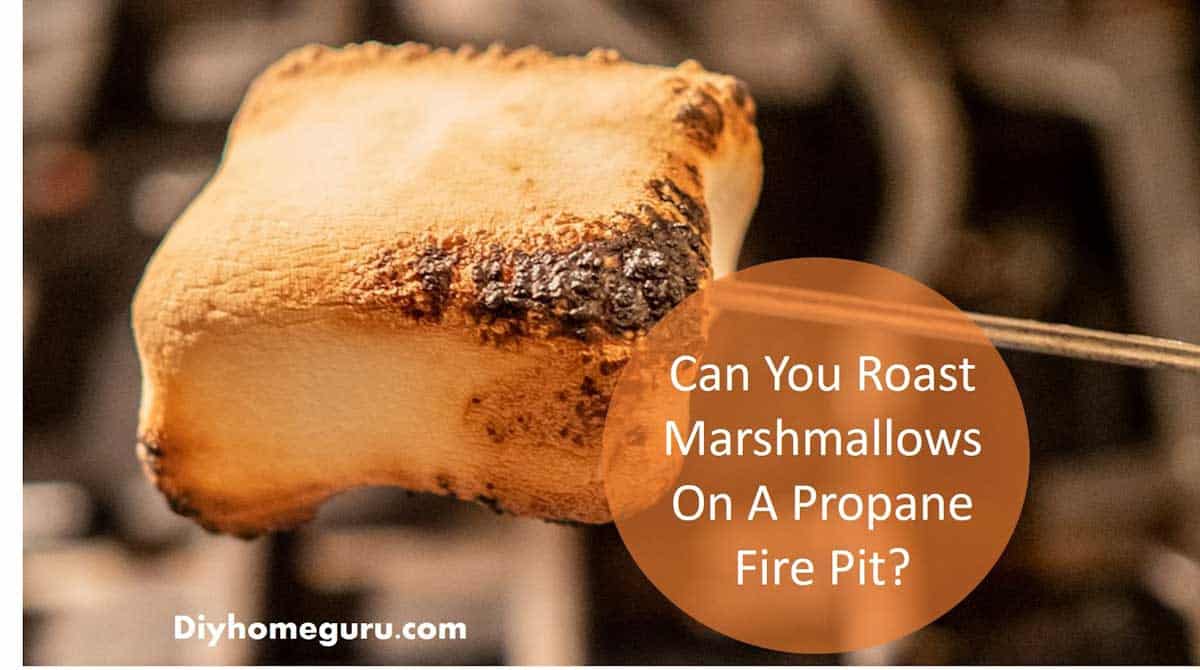Fire pits can keep us warmer outdoors during those cold fall and winter months. Building a fire pit can be as straightforward as circling a number of stones in your yard. If you have some extra money to spend, you can have it professionally constructed in your patio area.
Whichever route you choose to follow, be sure to take into consideration these fire pit safety pointers. Before we get started, keep these few ideas in mind.
Preparation: preparing your outside fire pit
Consider the following before you get started in preparing your outdoor fire pit: find an open location, preferable away from the house and trees; check the weather condition to make sure it will not be a windy day; and have a fire extinguishing plan, to ensure the fire is always manageable – we way to remain in control if something went wrong.
Location
Find a spot in your back garden away from the deck, pool or house. Ensure that the ground where you plan to put the fire pit is level in order to minimize the risk of fire escaping the fire pit and causing damages to your property.
Build the fire pit at least 10 feet from your home, fences, trees or anything else that can easily catch fire.
Weather
Fires are dangerous, avoid using your fire pits on windy days. Flames or embers can spread to your home or any combustible fuels nearby and set them alight.
Construction
Construct your fire pit with completely dry, hard rocks. Rocks left out in the recent rain or near the kids’ splash pool can absorb moisture or water and become damp.
Damp rocks, containing moisture, can heat up rapidly and explode when used as fire pit circling stones.
Put sand at the base of the fire pit so that fire cannot escape under the stones.
Fuel
Never make use of fuel such as kerosene or gas to start your fire; such fuel can cause the fire to quickly get out of control.
Rather, use completely dry timber as kindling. As another safety precaution, ensure that the kindlings do not extend beyond the side of the pit.
Never use construction lumber such as plywood, MDF, pressure-treated boards, or chemically treated wood or post in your fire pit.
Burning these types of woods which include adhesives, resins and other chemicals would release dangerous particulates in the atmosphere and can lead to respiratory problems.
The best type of wood to burn is oak because they are hardier. Softwoods can also be used but they do not burn efficiently and may generate a lot of smoke. You can purchase good quality hardwood logs to use in your fire pit.
Fire Safety Rules While Enjoying Your Fire Pit
It is always tempting to leave the fire quickly to go inside for something, thinking that you will only be away for a split second. However, even if your fire pit is tiny, fires can spread out quickly and swiftly if left unattended.
For your safety and that of the rest of your family make sure to monitor the fire pit at all times.
Make certain guests remain at a proper distance away from the open flames, at least 3 feet, and do not frolic close to the fire. It’s also a good idea, let us say a best practice to have a ring for your firepit.
Be especially mindful of children and pets as they are not always aware of the dangers that the fire pit presents.
Have A Fire Pit Extinguishing Plan.
Whenever you are ready to go inside or away from the open fire extinguish it completely with water.
Gently stir and spread out the ashes to cool it down after drenching the fire in water. Only when the ashes are cool to the touch should you leave.
Always keep a fire extinguisher or a yard hose pipe near, just in case the fire gets out of hand.
A bucket of sand is another alternative and can be used to cover the ashes to smother any fire.
Conclusion
These fire pit safety tips can help to prevent unmanageable fires. Call 9-1-1 if you can not put out the fire. Never be tempted to ignore these basic fire pit safety tips or rules. We never plan for an emergency to occur but it is better to prepare for one just in case it happens.




